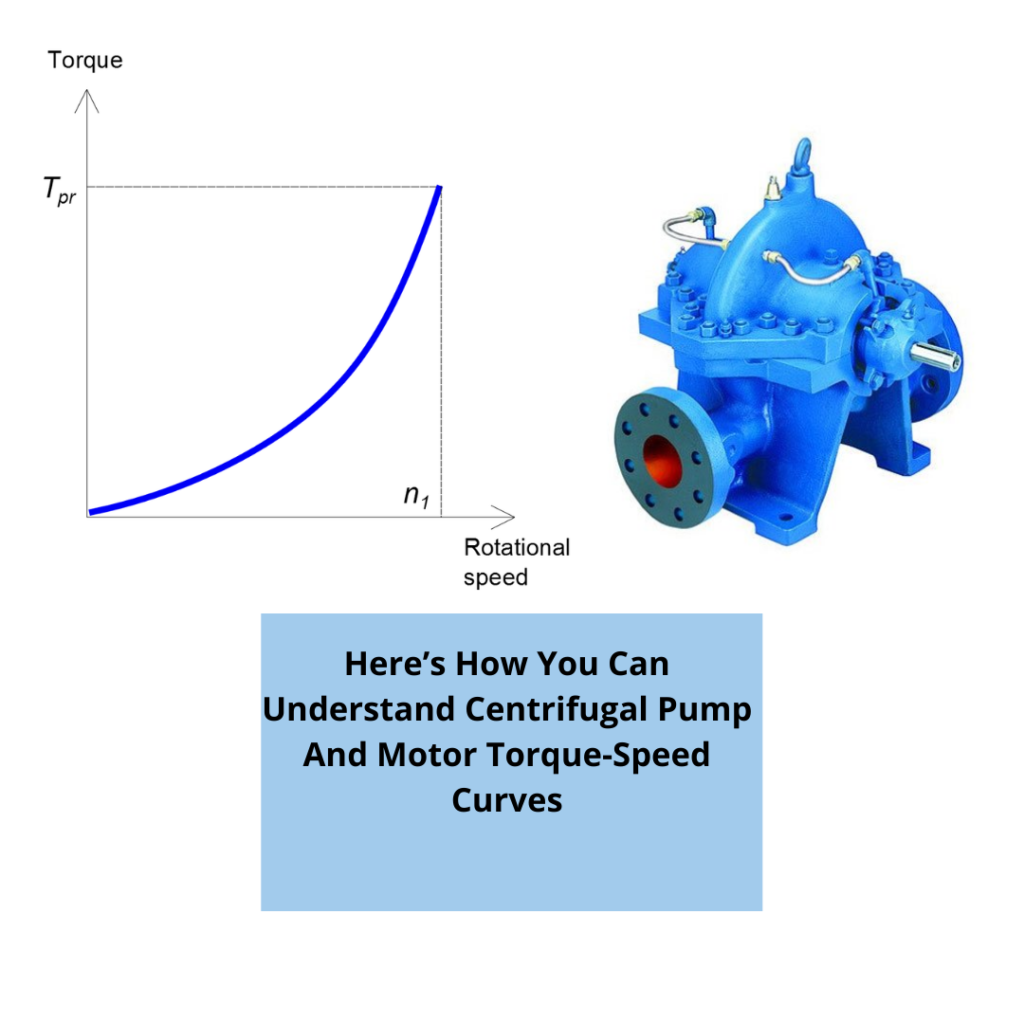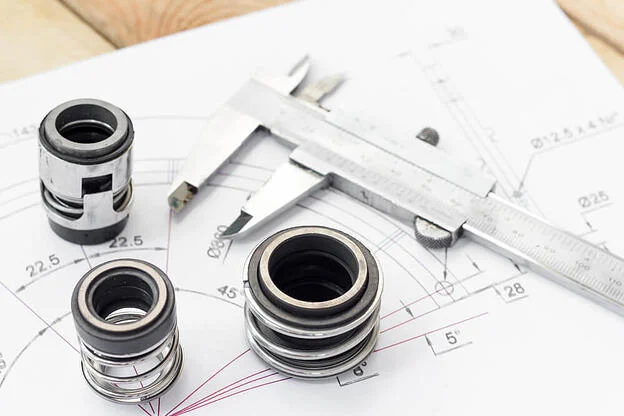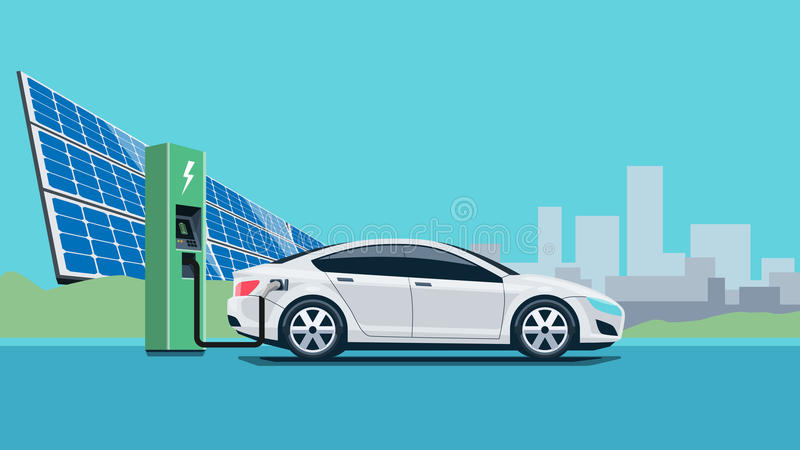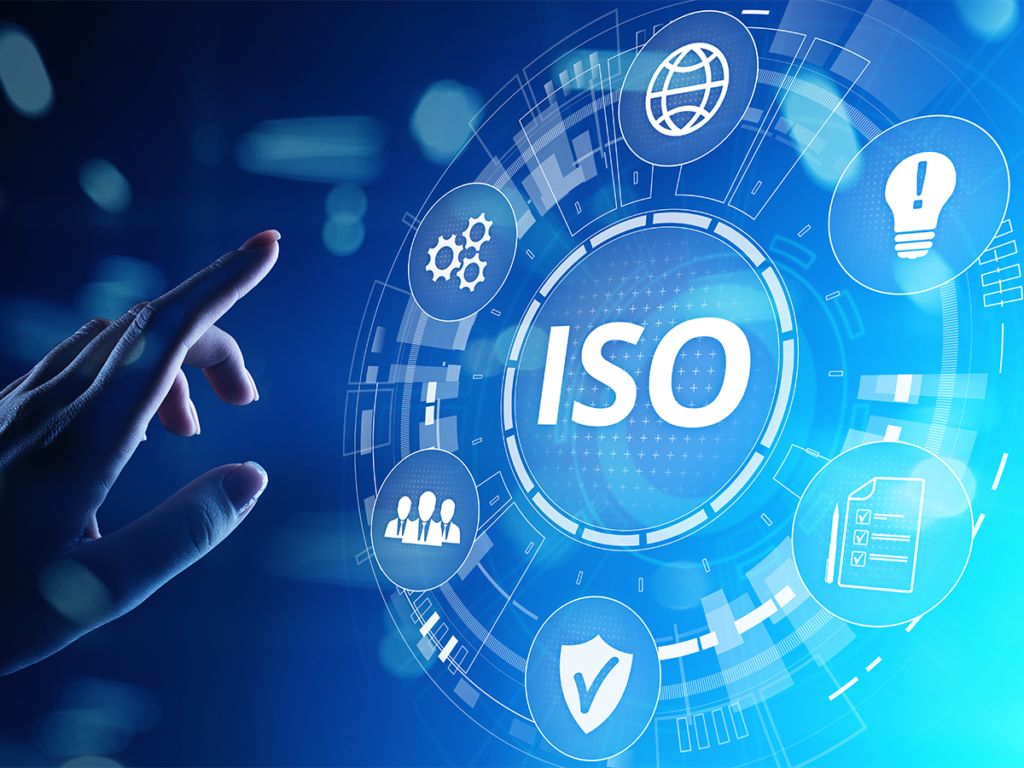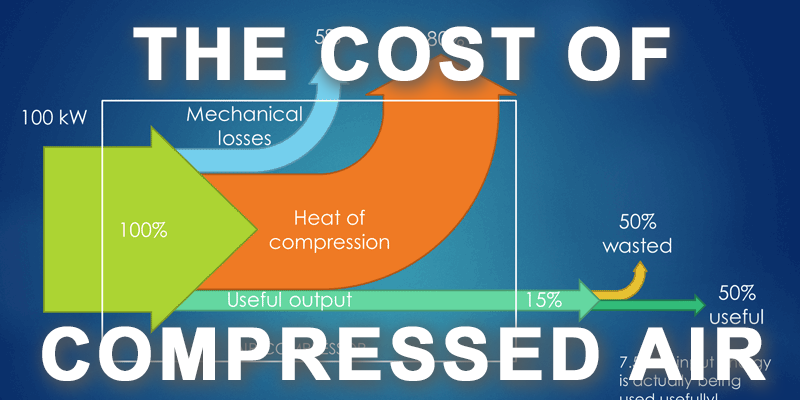
Compressed air is an indispensable part of most industries. Without it, entire sectors of production would be defunct! It is so essential that it is referred to as the ‘fourth utility,’ after electricity, water, and gas. However, there is a significant cost attached to it. In fact, about 10% of the electricity consumed industrially goes to generating and using compressed air.
Keeping industrial units supplied with compressed air costs a substantial amount of money. So, it would be prudent for businesses to focus on the consumption of energy, which makes up the majority of the cost of generating compressed air. Energy consumption costs are much higher than the initial cost of air compressors or their maintenance. A whopping 80% of the total cost of the compressed air system will be from the electricity it uses up. Because this is such a huge percentage, determining the cost of compressed air becomes important in order to minimize waste heat and electricity bills.
To identify the ways that you can save such costs, take a look at your business’s requirements of compressed air as well as the components of your compressed air system, along with all the associated costs. When you do this, make sure to account not just for your business’s current system, but also for the one you envision to be in place in the future. Plan for the longer-term demands rather than just the current ones.
Here’s an overview of the components in a compressed air system that you need to look at:
Air compressors
Aim to have an energy-efficient air compressor rather than one that just carries a lower price tag. As mentioned earlier, the initial cost is just a small fraction of the total cost.
Dryers and filters
Compressed air has contaminants that, depending on the application at hand, need to be filtered. There is an additional cost and equipment to this process, so be mindful of that.
Drains
Drains remove the collected condensate of the compressed air system as required.
Piping
A good piping system is crucial for smooth movement of the air and eliminates air restrictions, leakages, and pressure drops.
Ventilation
Ventilation is key to cutting down heat circulation to subsequently reduce energy consumption.
Air leakage
It is of paramount importance to detect and fix any air leaks because these can have a heavy cost otherwise. Monitor your air compressor constantly to prevent this from occurring.
Central controller
In systems that consist of more than one air compressor, a central controller may play a big part. It can decrease the average pressure band (a pressure reduction by one bar reduces energy usage by 7%), regulate the compressor speed, and control compressor capacity.
A streamlined air compressor system strategy can help you reduce your operational costs significantly, so plan ahead and reap the benefits!
VEMC is ISO 9001:2015 certified and is a pioneer in the field of electromechanical engineering products, allied equipment, and services. We are a well-established industry leader and authorized Elgi air compressor dealers. Contact us on +919819907445 and we would be happy to help you determine the right air compressor for your needs.



